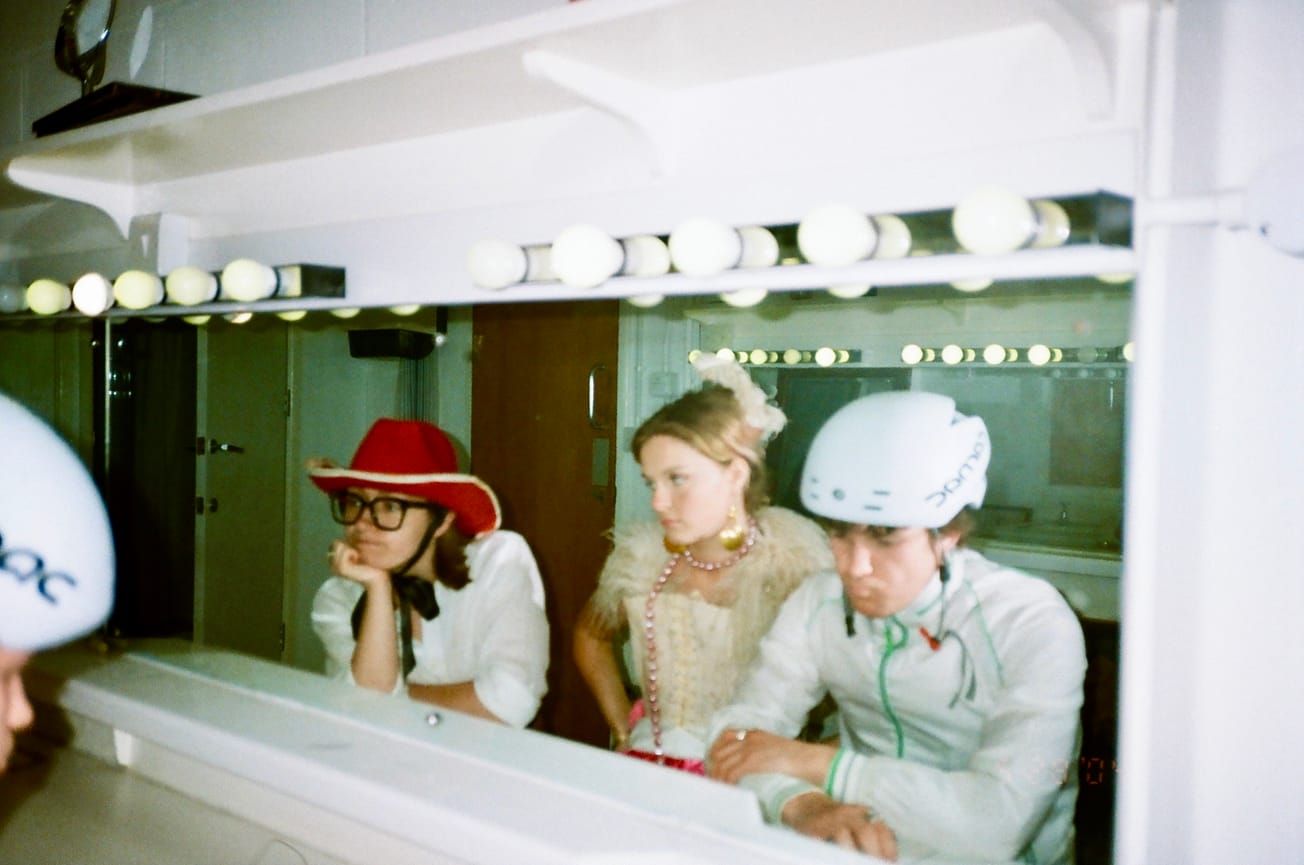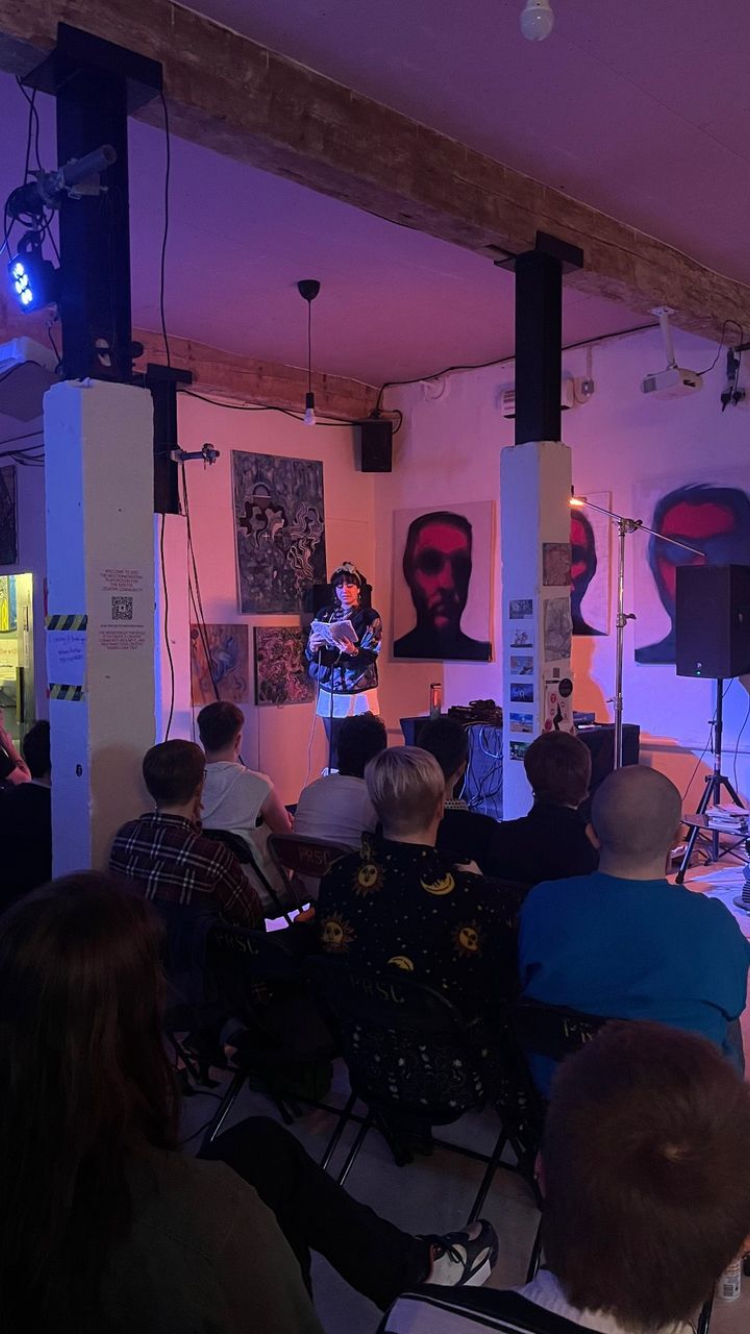By Tilly Bryson, first year French & Spanish
"I often wonder how art can make an audience feel at the same time both clever and stupid ..." - Tilly Bryson voices her scepticism about the concept of 'high art'.
Art can be an exclusive world and this can, as a result, end up shutting out many of us. An apparent dichotomy between ‘high’ and ‘low’ art has developed, whether it be a differentiation between art forms or certain pieces of art in the same domain. Writing this, I am questioning if I am qualified to comment on any kind of art - I certainly don’t know a lot about its history and am no expert on classical music, but also, isn’t that exactly why I should write about it?
It appears that there is a stigma around some kinds of art: examples of literary genres and types of poetry spring to mind. However, there are more non-traditional art forms, including street art, that I don’t always think of when someone mentions art. Even between artists in the realm of street art, criticism arises about stencilling, as it can be frequently looked down on as an easier method. Banksy’s popularity caused a certain amount of controversy because of this and contributed to tension between artists in that sphere.
Additionally, in recent years, poetry has experienced a lot of change and this is discussed in a documentary on YouTube called “#poetry”. Content on YouTube is generally considered ‘low’ art in itself (if it’s even thought of as a form of art), making it an appropriate place for a piece about elitism in poetry. It explores biases against ‘Instagram poets’ and, as I watched Ariel Bissett’s video, it brought a couple of questions to mind – how did a distinction arise between arts, in terms or being ‘high’ and ‘low', and for what purpose?
Take Charles Dickens as an example. Arguably, Dickens has been viewed as both a 'high' and 'low' author over time, eventually becoming a household name. Dickens wanted his writing to be accessible to all, meaning he published some of his work in a newspaper and deliberately used a style of literature that many people could understand. This begs the question of audience influencing if art is considered high or low. Art aimed at or for young people is not taken as seriously as it should be, for the sole reason of its being intended for adolescents. It is often seen as immature, and people can sometimes consider themselves as above all of it.
Along with high and low art comes the idea of a ‘great’ artist, as in one of the greats, someone who creates art that is the 'highest' of all. Simultaneously, the idea of being a struggling artist is frequently glorified, alongside the concept of suffering for art. If taken one step further, this raises the question of whether we as a society are doubtful of artists' ability to create 'real' art without difficult experiences.
Implicit in this is the notion that all of the suffering is somehow worth it, that hardships are insignificant in comparison to being praised as a successful artist. But, in reality, during many artists’ lives, their art goes largely unappreciated, as was, for example, the case with Vincent Van Gogh. As a result, I am sceptical of the concept of (according to some people’s definition) great art and what constitutes it. It bleeds into our life as an audience member, glorifying the concept of over-exerting ourselves in order to feel that we are achieving.
Finally, I often wonder how art can make an audience feel at the same time both clever and stupid - it's a kind of uniquely paradoxical situation. Simply, we can feel intelligent through the act of consuming art, being able to say you’re reading a book you feel you ‘should’ be, even if you’re forcing yourself to do so. Conversely, art can make you feel stupid when, perhaps, an author constantly references abstract and complex concepts, drawing attention to their 'book-smarts' and your apparent lack thereof.
I wonder if anyone feels high art is made for them, that they are the intended audience. If I discuss high art, I cringe a bit at myself. I feel as if I’m adopting a false intelligence, acting a fake and pretentious version of myself. Sometimes I am acutely jealous of characters, despite the fact that they’re fictional. For example, Elio in ‘Call Me by Your Name’ gives off an air of effortless knowledge and appears to know almost everything about classics. I once thought that art was only for people like him, but deep down I know it’s not.
(Featured image credits: Unsplash / Debby Hudson)
What are your thoughts on the idea of 'high' and 'low' art? Let us know in the comments below or on social media.









